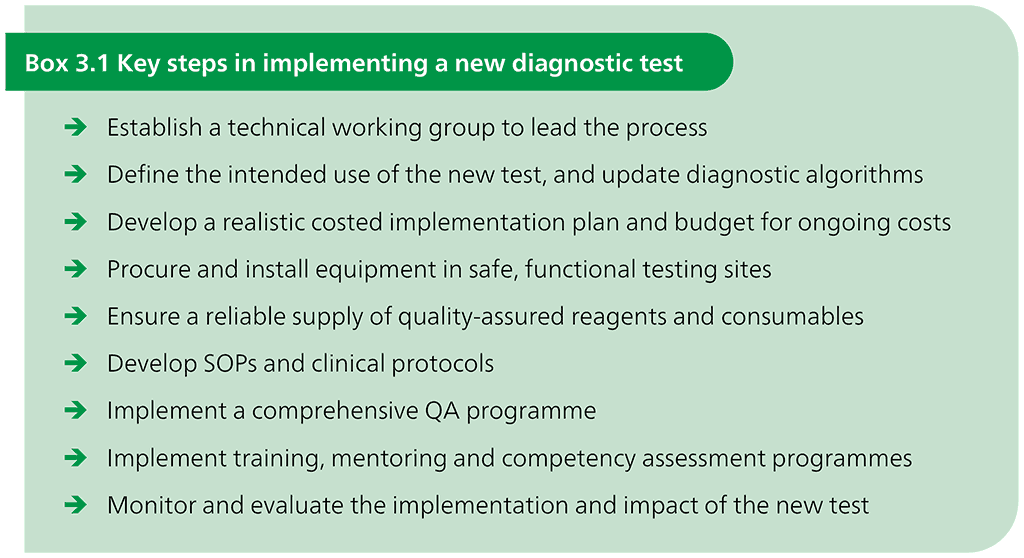2.4.2 LPAs
LPAs are a family of DNA strip-based tests that detect mutations associated with drug resistance. They do this either directly, through binding DNA amplification products (amplicons) to probes targeting the most commonly occurring mutations (MUT probes), or indirectly, inferred by the lack of binding the amplicons to the corresponding wild-type probes.

 Feedback
Feedback